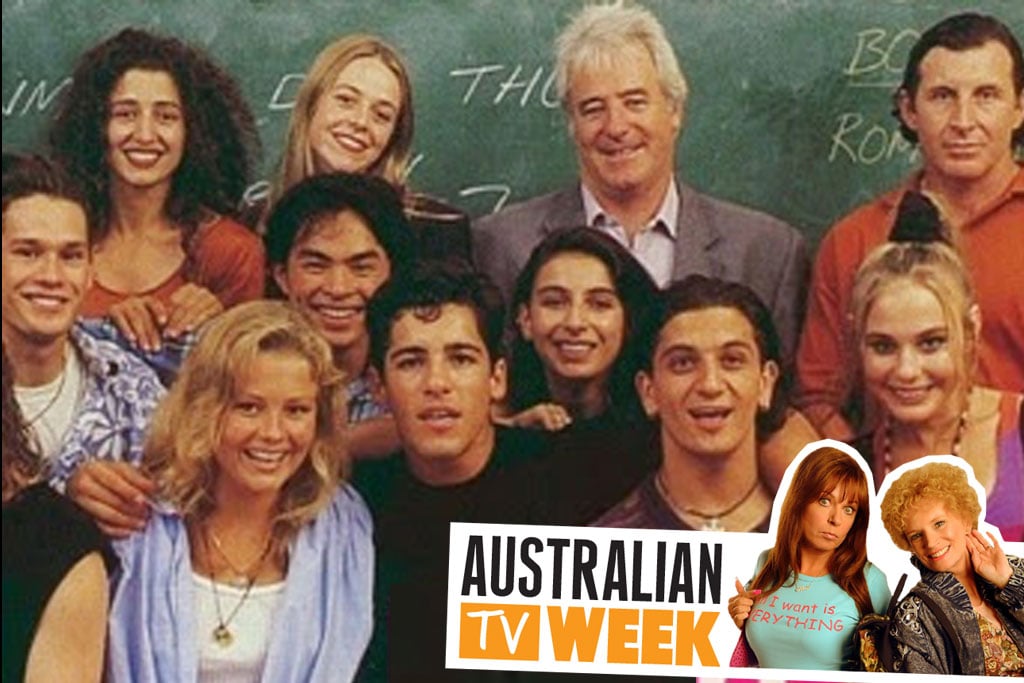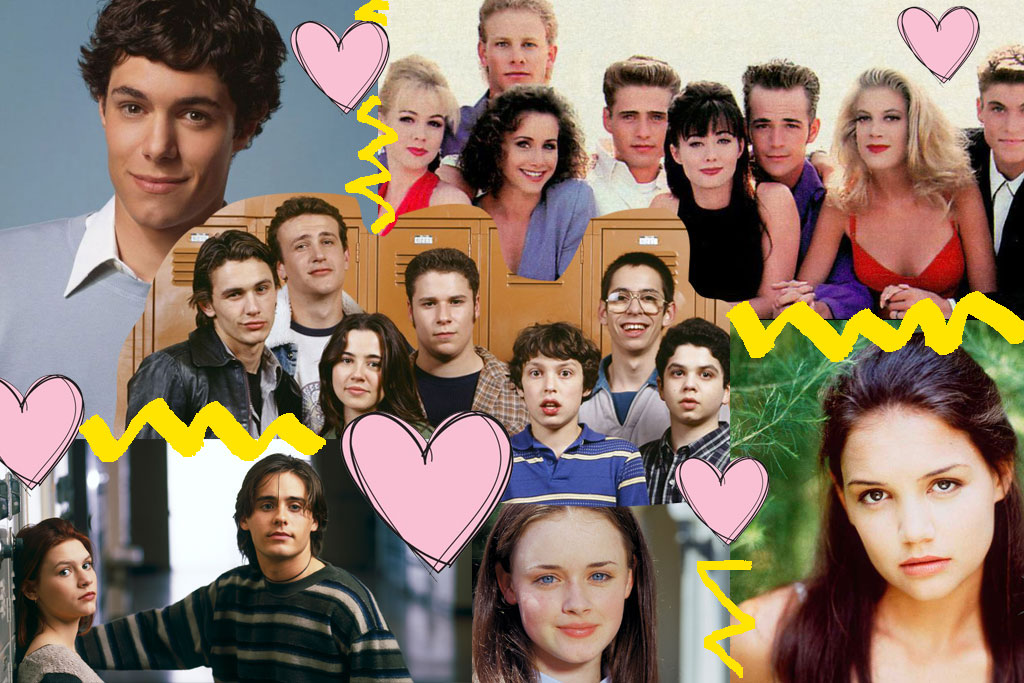The Mysterious Pull Of ‘Skam’: Norway’s Racy, Alcohol-Soaked, Explosively Popular Teen Drama
It's like 'Skins' but with a more obsessive following.

“I spent most of my school day reloading the Skam site for updates,” says Bela, who’s 16 and from the US. “I used all my data for the month that my entire family shares in four days.”
The hype around Skam – a Norwegian teen drama which began airing in 2015 – has all the features of the biggest fandoms. Viewers are missing school, staying up all night, using all their data, and frantically refreshing websites for more.
“The night I discovered Skam,” says Ariane, who is 16 and from France. “I stayed up all night to watch season three… I literally couldn’t stop myself until it was finished.” Sandra, who is 18, from Austria and runs a Skam fanpage on Facebook which boasts overs 6000 followers, says that she’s missed school twice because she’s stayed up all night watching Skam. Agnieszka, who is 21 and from Poland tells me, “I got way too attached to the show. It feels weird to think it’s just fiction (but is it really?).”
It would be easy to write something super-alarmist about Skam (which, incidentally, is the Norwegian word for “shame”) and the dangers of letting young people (especially young women) get too carried away with fandom. I could be like Paul Johnson, who, in the ’60s, sneered at the girls who chased the Beatles down the street. He wrote in the New Statesman, “Those who flock round the Beatles, who scream themselves into hysteria, whose vacant faces flicker over the TV screen, are the least fortunate of their generation, the dull, the idle, the failures.”
Those attitudes have not changed much over the decades, as Dorian Lynskey observes in The Guardian. Fans are pathologised as dysfunctional, hysterical truants. Fandoms are likened to cults where individual identities are subsumed by the hoard. Fans – so the stereotypes go – get overwhelmed. They watch, they buy, they stay up all night, they forget about their future, they scream.
But having watched all three seasons of Skam and having talked to fans online, a different narrative emerges. Skam is a genuinely smart, darkly funny show which has attracted an inclusive and open fandom of teens and twenty-somethings from around the world.
Skam follows a group of teens at an upper-secondary school (for students 16 and over who have finished their compulsory education) in a well-to-do part of Oslo. They face academic pressures and relationship dramas. There are pregnancy scares and vicious rumours. There’s casual drinking and kissing and less casual dalliances with drugs and sex. There’s complicated negotiations with mental illness, sexuality, gender politics, and religion.
It’s unusually addictive in part because of its distribution. If, for example, part of the show is set on Monday at 9am, the clip goes online on Monday at 9am. At the end of the week, all the clips are combined and that’s the episode. The ground-breaking format has gotten international interest and (for better or worse) there are plans to adapt Skam for American television.
There are natural comparisons between Skam’s storylines and those of any other teen show. Skam has similar themes and similarly conspicuous absence of adults as UK teen drama, Skins, although the characters aren’t as intense and devastatingly cool. They’re humorously naive. In one scene, Chris comforts her friend who passes out at a party, telling her that “Blackouts are God’s way of telling you not to worry about anything.” In another, a girl mistakes an ovulation test for a pregnancy test. The characters are played by actual teenagers (complete with acne), and are clumsily trying to figure out who they are and how to be happy.
Skam is more politically aware than any teen drama I’ve seen (and I’ve seen many). The show tracks the growing political consciousness of teens without it being a lecture on “issues”. They talk about sexism and slut-shaming in words that ring true. As Vilde reflects when she’s used and then rejected by a popular boy, “I know you should think that if a guy doesn’t like you, it’s not you there’s something wrong with. It’s him. But how does someone think like that? I keep thinking it’s me there’s something wrong with.”
Sana – who is probably the best character and a fan-favourite to be the main character for season four – is conscious of being, as she puts it, “A Muslim girl in a faithless country” and therefore, by her estimation, “the biggest loser of them all.”
Social awareness isn’t without struggle but the way the show renders their growing consciousness is delightful. What’s even more delightful is how the characters change in accordance with their revelations of how social pressures contribute to their problems. They resolve not to slut-shame each other. They call out mistreatment.
As fan, Sandra, told me, “Similar TV shows kinda underestimate young people. Skam shows how people deal with bad things in life and how it can still be beautiful at the same time.” And as the show details the characters’ growing awareness of themselves and the world around them, the fandom isn’t just responding by commenting on how hot the actors are (indeed, there’s little sexualisation of the cast to be found online) or emulating them without thought. Instead, they’ve created spaces which echoes the values of the show.
“Let’s be real – you don’t become a Skam fan out of nowhere… It’s real life,”Agnieszka said. “It’s about homophobia, it’s about rape culture, it’s about Islamaphobia, it’s about ableism and other issues. Everyone [in the fandom] is very respectful.” Bela feels similarly. “We accept everyone and invite more. It’s the best part about this place. I feel welcomed and safe.”
Further, as sites like Your Fave is Problematic show, fans aren’t just masses of people who uncritically accept the things they like. Skam fans are also some of the most critical viewers of the show. They’ve been the ones to point out its lack of racial diversity and there’s an ongoing debate across Twitter about whether it’s itself problematic, or if it’s realistic portrayal of a problematic reality (despite recent demographic changes, Norway is insular and not particularly diverse). Fans are really engaging with questions of inclusivity, representation, and navigating the ethics of liking imperfect things.
Skam fans around the world are also open to learning about other cultures. To some extent, this is a normal part of watching foreign television – for instance, to watch most American teen shows, I have to understand the very American concept of “jocks and cheerleaders”. In Skam, a Norway-specific rite-of-passage, Russefeiring is constantly referred to. When Norwegians graduate school, they form groups and get on a bus and party non-stop for weeks. Organising your bus and making sure that you’re on a good one is a multi-year, drama-fuelled project.
On the face of it, Russefeiring is just fun thing to learn about. But the international openness goes even deeper – and shows how constructive fandom can truly be. NRK, the production company responsible for Skam, has not provided English subtitles for the show. So, the reason why I can happily bingewatch it is because fans have done that work.
The hardcore fans I spoke to have been inspired to learn Norwegian because of the show. Sandra – who natively speaks German – has taken on some of the work of subtitling from Norwegian into English, staying up all night to do it. Bela, from the US, is looking to step out of the monolingual culture she’s part of and into exchange programs in Oslo as she teaches herself the language. Fandom makes people want to learn new things and contribute to others’ engagement in the show they’re passionate about.
Ariane reflected that the DIY nature of fan-crafted subtitles has a big influence on the culture of the Skam fandom. “It creates a sense of mutual help,” she says. People help explain Norwegian concepts and slang to those less familiar with it. Or they share jokes and theories about the show.
Because the fandom is so dispersed and international, it fosters an intriguing cosmopolitanism. It’s not just Norwegians who are cool – people from any country can come and interact. Mostly they talk online in English but there are Skam fanpages in a range of languages. These fans are finding new opportunities to relate to strangers they never would have met without the show.
If a TV fandom can unite people across different countries, it’s not concerning – it’s amazing. Even if it causes a few sleepless nights. As Ariane says, “Everybody is here to welcome you with open arms and I think that’s really beautiful.” The Skam fandom is one of the very best examples of fans being much more creative than hysterical and much more joyous than idle consumers.
—
Erin Stewart is a writer based in the U.K. who has written for ABC Online, The Lifted Brow, The Age, SBS Online, Meanjin, and many others. You can follow her at @xerinstewart.


